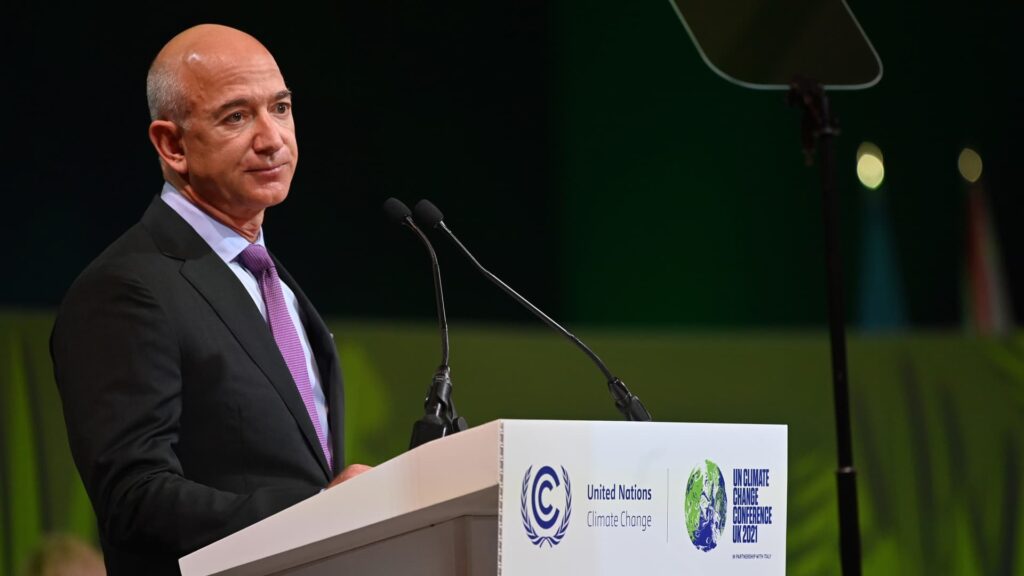Amazon CEO Jeff Bezos speaks during an Action on Forests and Land Use event on day three of COP26 at SECC on November 2, 2021 in Glasgow, United Kingdom.
Paul Ellis | Getty Images
When Amazon announced just over two years ago that founder and then-CEO Jeff Bezos would turn the helm over to former cloud boss Andy Jassy, few investors or analysts reacted with much concern.
Jassy, a close confidant of Bezos, was known as an Amazon lifer and a celebrated figure inside the company and across the industry because he launched Amazon Web Services, which became one of the most valuable businesses in the world. Analysts at Wedbush practically yawned at the move, saying the transition would likely be “seamless and largely inconsequential.”
Unfortunately for Jassy, his short tenure at the helm has been all too eventful.
Since Jassy officially succeeded Bezos in July 2021, Amazon has experienced its most turbulent period since the dot-com crash. Last year marked its slowest year for revenue growth as a public company, and Jassy has been forced to guide Amazon through a series of cost-cutting measures that nobody predicted would be necessary when business was booming through the Covid pandemic.
Amazon shares have plunged by 44% since July 5, 2021, Jassy’s first day as CEO. And on Monday, Jassy said the company is cutting another 9,000 jobs, adding to the 18,000 layoffs that were announced in January. While the cuts represent a small percentage of Amazon’s corporate workforce, they still represent a shocking turn for a company that was in non-stop growth phase for the better part of 25 years.
“Given the uncertain economy in which we reside, and the uncertainty that exists in the near future, we have chosen to be more streamlined in our costs and headcount,” Jassy wrote in an email to employees.
Much of the Jassy’s unfortunate circumstance can be attributed to bad timing — historically high inflation pushed the Federal Reserve to raise rates, crippling growth across the U.S. tech…
Read the full article here





